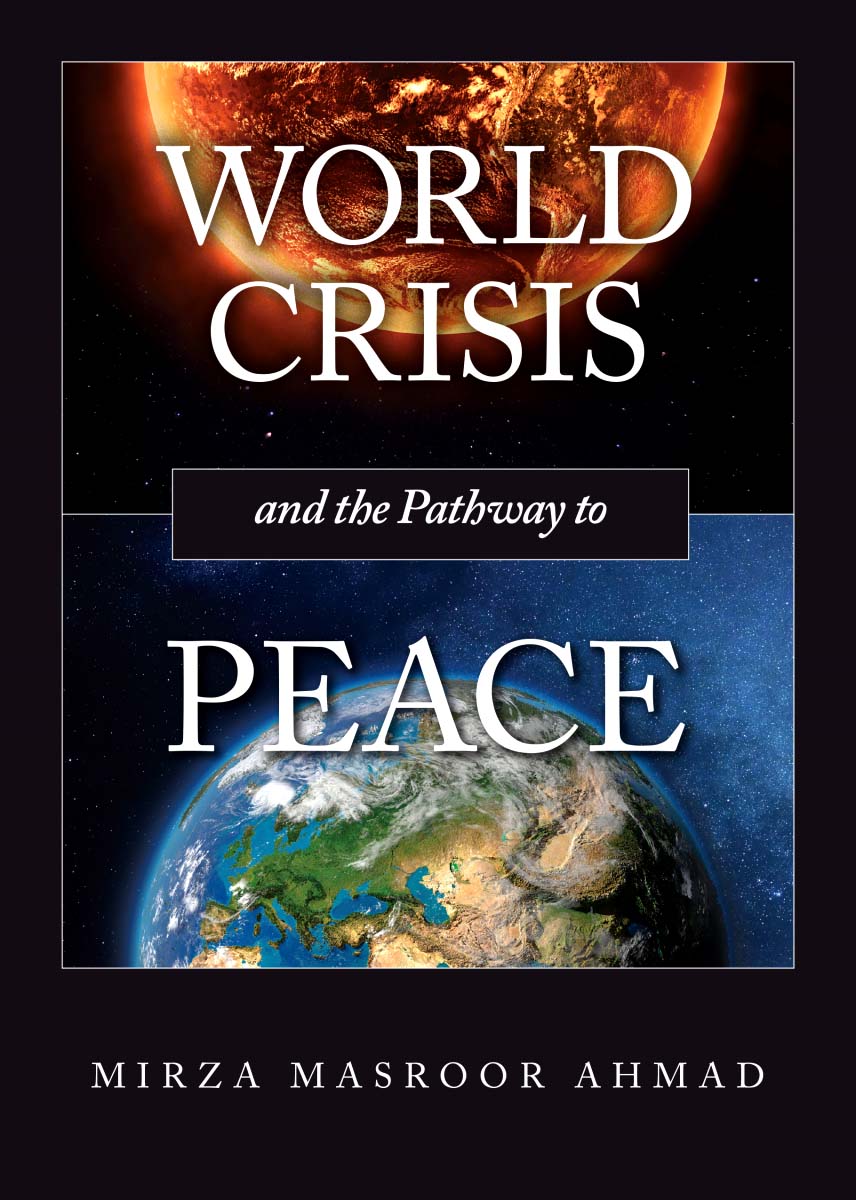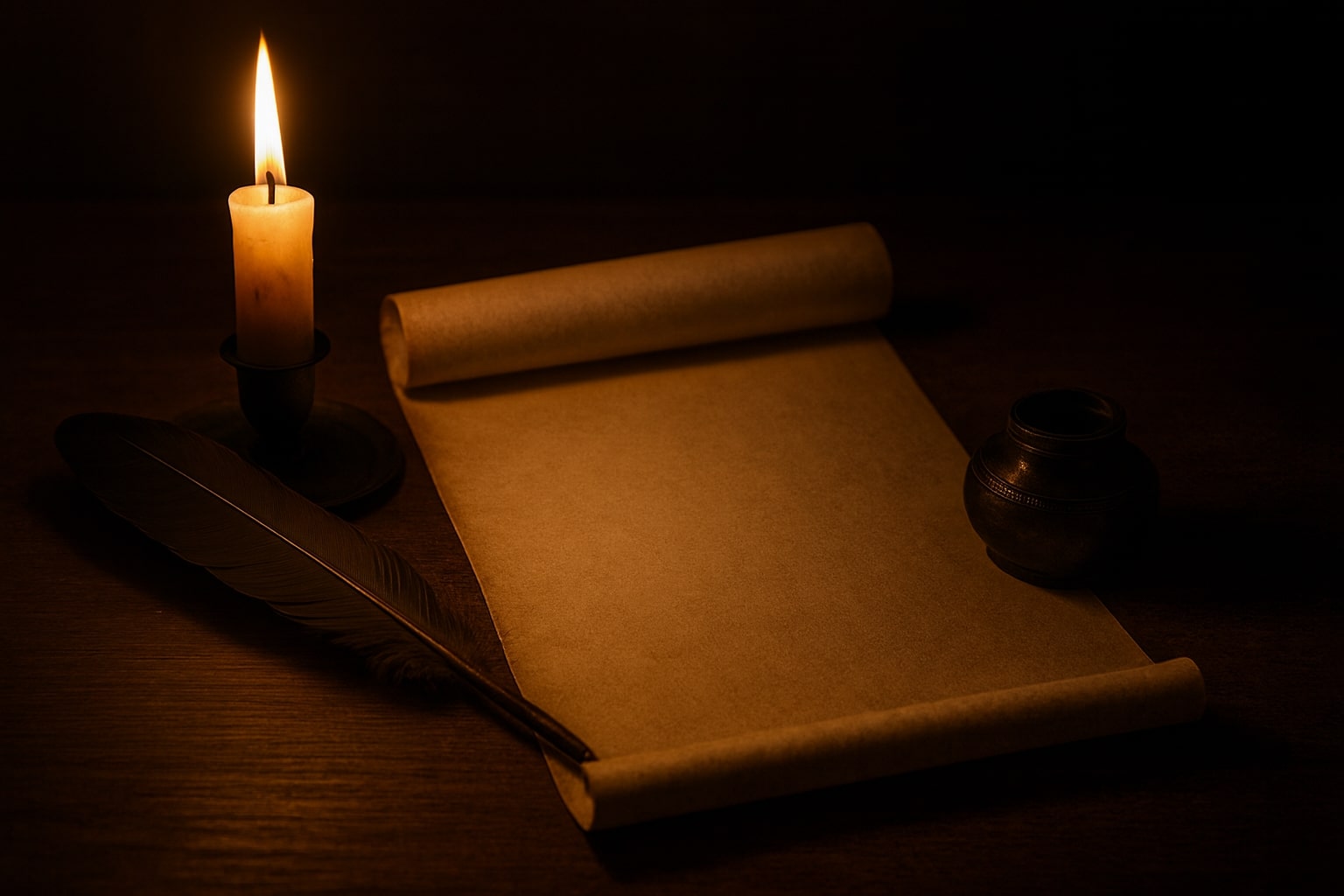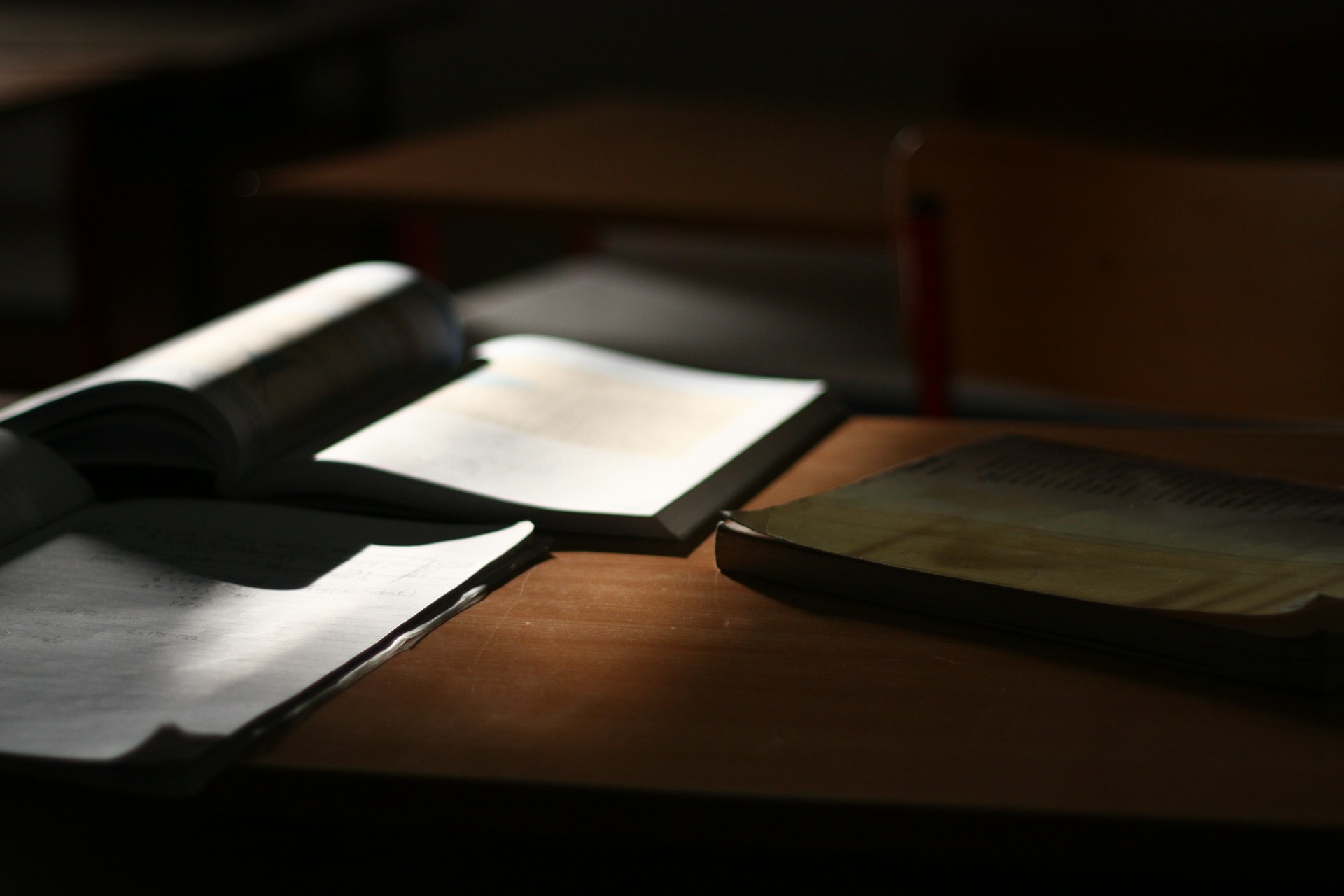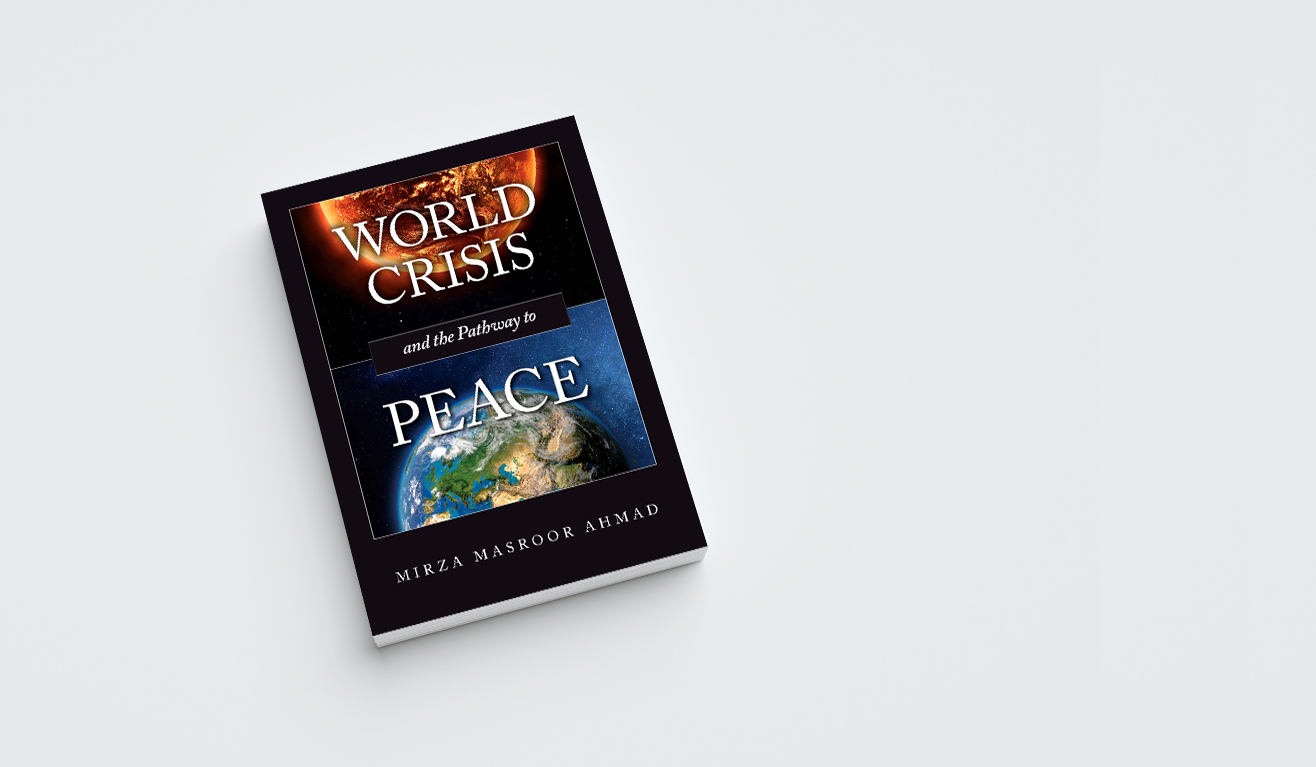A THARIQ, PALAKKAD
MARCH 21, 2024
For centuries, Muslims have eagerly awaited the arrival of Imam Mahdi, as foretold by the Holy Prophetsa. The prevailing injustices in the Muslim world today have stirred contemplation among Muslims worldwide, wondering whether this precarious era signals the arrival of the promised saviour. Indeed, the time seems ripe for the emergence of a leader with a message of universality, capable of guiding humanity towards peace and unity. Or has he already arrived?
As the advent of this great reformer was to be a momentous milestone, and Muslims were commanded to accept him, the Holy Prophetsa had mentioned numerous signs that would mark his advent and serve as proofs of his truthfulness. The most prominent among those signs were the solar and lunar eclipses supposed to occur under specific conditions in the month of Ramadan.
In 1891, Hazrat Mirza Ghulam Ahmadas of Qadian claimed to be the awaited Mahdi. In 1894, the signs were fulfilled exactly as foretold by the Holy Prophetsa. While today marks 130 years since the fulfilment of this grand sign, it prompts us to undertake an analysis of the prophecy and its fulfilment.
The prophecy
From the sayings of the Holy Prophetsa, it is evident that there is a clear mention of how eclipses will serve as signs for the Mahdi of the latter days. The Holy Prophet has been reported as saying:
“For our Mahdi, there are two Signs which have never occurred before since the creation of the heavens and the earth, namely, the moon will be eclipsed on the first night in Ramadan [i.e., on the first of the nights on which a lunar eclipse can occur] and the sun will be eclipsed on the middle day [i.e., on the middle day on which a solar eclipse can occur]. And these Signs have not appeared since the creation of the heavens and the earth.”[1]
It is crucial that both eclipses occur on the precise dates specified in the prophecy. It is well-known that lunar eclipses occur on the 13th, 14th, and 15th days of the lunar month, while solar eclipses happen on the 27th, 28th, and 29th days. Thus, in accordance with the prophecy, the moon should eclipse on the first of the possible days, which is the 13th of Ramadan, and the solar eclipse should occur on the 28th.
However, some scholars have given the dates a different interpretation. According to the narration, they argue, the lunar eclipse should occur on the very first night in the month of Ramadan instead of the 13th as indicated in the words ‘the first night in Ramadan’. Similarly, the solar eclipse should happen on the 15th instead of the 28th, as the words ‘in the middle day’ point to. This interpretation stems from a lack of understanding or a deliberate oversight.
How can a lunar eclipse occur at the beginning of the lunar month when there is no moon to be observed? Moreover, the word ‘qamar’ in Arabic signifies the matured moon, while the moon of the first three nights is denoted with the word ‘hilal’.[2]
Similarly, for a solar eclipse to occur on the 15th day of the month is again impossible. Solar eclipses occur during the New Moon phase when the moon is positioned between the earth and the sun, casting its shadow on the earth. On the 15th day of the lunar month, the moon will be in its full phase, situated on the opposite side of the earth from the sun. This renders a solar eclipse impossible on that date.
The renowned Sunni Jurist Ibn Taymiyyarh states:
“Thus Allah has decreed that the sun is eclipsed only in dark nights, and the moon is eclipsed only in moonlight nights. These are the nights when the moon is full, and during which days the keeping of optional fasts is preferable. These nights are the thirteenth, fourteenth and fifteenth. Hence, the moon is eclipsed only on these nights.”[3]
Heaven bears witness
In 1891, Hazrat Mirza Ghulam Ahmadas of Qadian claimed to be the Promised Messiah and Mahdi foretold to come in the latter days to revive the message of Islam. Three years after his claim, the remarkable eclipses took place, bearing witness to his truthfulness.
Following the sunset of March 21, 1894 (the 13th of Ramadan), a lunar eclipse took place and was clearly visible from India, particularly from Qadian, where Hazrat Ahmadas resided. Just 14 days later, on April 6, 1894 (the 28th of Ramadan), an annular solar eclipse occurred. It is noteworthy that solar eclipses are often visible only from specific regions of the earth, and the fact that this eclipse was both visible in many parts of Asia and was an annular eclipse made it an exceedingly rare phenomenon. The Promised Messiahas and his companions witnessed both eclipses from Qadian.
The following year, another pair of eclipses took place on March 11 and 26, mainly visible in Western countries. Though these eclipses were not visible from Qadian, during their occurrence, the dates in Qadian were the 13th and 28th of Ramadan, respectively. Details of these eclipses can be found in the Five Millennium Catalog of Lunar[4] and Solar[5] Eclipses in the 19th Century, recorded by NASA.
Authenticity of the narration
Even after the truth manifested itself, the Muslim scholars who were hell-bent on not accepting Hazrat Ahmadas came up with the argument (which continues to be presented by his opponents to this day) that the narration about the eclipses was not authentic. However, they conveniently forget that this prophecy finds its root in the Holy Quran itself. The Holy Quran states:
“He asks, ‘When will be the Day of Resurrection?’ When the eye is dazzled, and the moon is eclipsed, and the sun and the moon are brought together.”[6]
When there is a solar eclipse, the sun and moon are aligned in a straight line when viewed from Earth. This alignment is beautifully described by the Holy Quran using the phrase ‘brought together’. Likewise, the above verse mentions the eclipses as a sign of the latter days.
It is also noteworthy that the compiler of this narration, Imam Al-Daraqutni, was a highly respected saint. Hazrat Shah Abdul Aziz of Delhi reported him saying,
“O residents of Baghdad, do not even think that any narrator would be able to refer any false or incorrect statement to the Holy Prophetsa of Islam during my lifetime.”[7]
Moreover, it should be remembered that the narration contains a prophecy of a precise nature. Hence, to doubt its authenticity after the prophecy has been fulfilled with all its conditions amounts to a very high degree of stupidity. It would be akin to denying the dawn after seeing the light, claiming that the person who informed of the dawn was a liar.
An unprecedented sign
Yet again, the opponents seek to discredit the sign by arguing that there have been numerous past instances of eclipses occurring as specified in the prophecy, while the narration explicitly states that the signs would be unprecedented since the creation of the universe. However, a closer examination reveals the fallacy in this allegation.
The prophecy does not state that the phenomena of solar and lunar eclipses never occurred before on the specific dates. What it implies is that such eclipses never happened earlier as signs for the truthfulness of a Mahdi claimant, as indicated using the term ‘takuna’, which is in the the feminine gender. Had the intent of the prophecy been to assert that the eclipses had never occurred before, the masculine verb ‘yakuna’ would have been used.
Hazrat Ahmadas challenged his opponents in this regard, saying:
“If anyone thinks that lunar and solar eclipses have occurred many times in history, it is his responsibility to provide evidence of a claimant to the position of Mahdi who declared such eclipses as his sign.”[8]
Truth outshines falsehood
Prophets who come from God are endowed with spiritual magnificence that serves as a proof of their truthfulness. But those lacking spiritual insight feel the need to witness extraordinary signs to recognise them. The eclipses of 1894 acted as remarkable events that affirmed the truthfulness of Hazrat Ahmadas. These occurrences, being phenomena beyond human influence, vividly illustrate how God manifests His Divine will in favour of His chosen ones. To reject the truth after this would be tantamount to denying the very obvious.
There is no better time for contemplation than the month of Ramadan we are passing through. Being a month particularly associated with the prophecy, and a time when Muslims generally turn their attention towards the moon, Ramadan should serve as a reminder that God manifested the truthfulness of His Mahdi. Furthermore, the eclipses scheduled to take place during this year’s Ramadan should also draw our attention towards the fulfilment of the prophecy.
Those who still fail to recognise the truth are indeed unfortunate. As rightly expressed by Hazrat Ahmadas in one of his couplets:
“A pure heart does not require a profusion of miracles;
One Sign is enough if there is fear of Creator in the heart.”[9]
A Thariq holds a master’s degree in physics from Chandigarh University.













1 Comment
Tariq Idris · March 21, 2024 at 5:19 pm
MashaAllah, very informative research
Jazakumullah